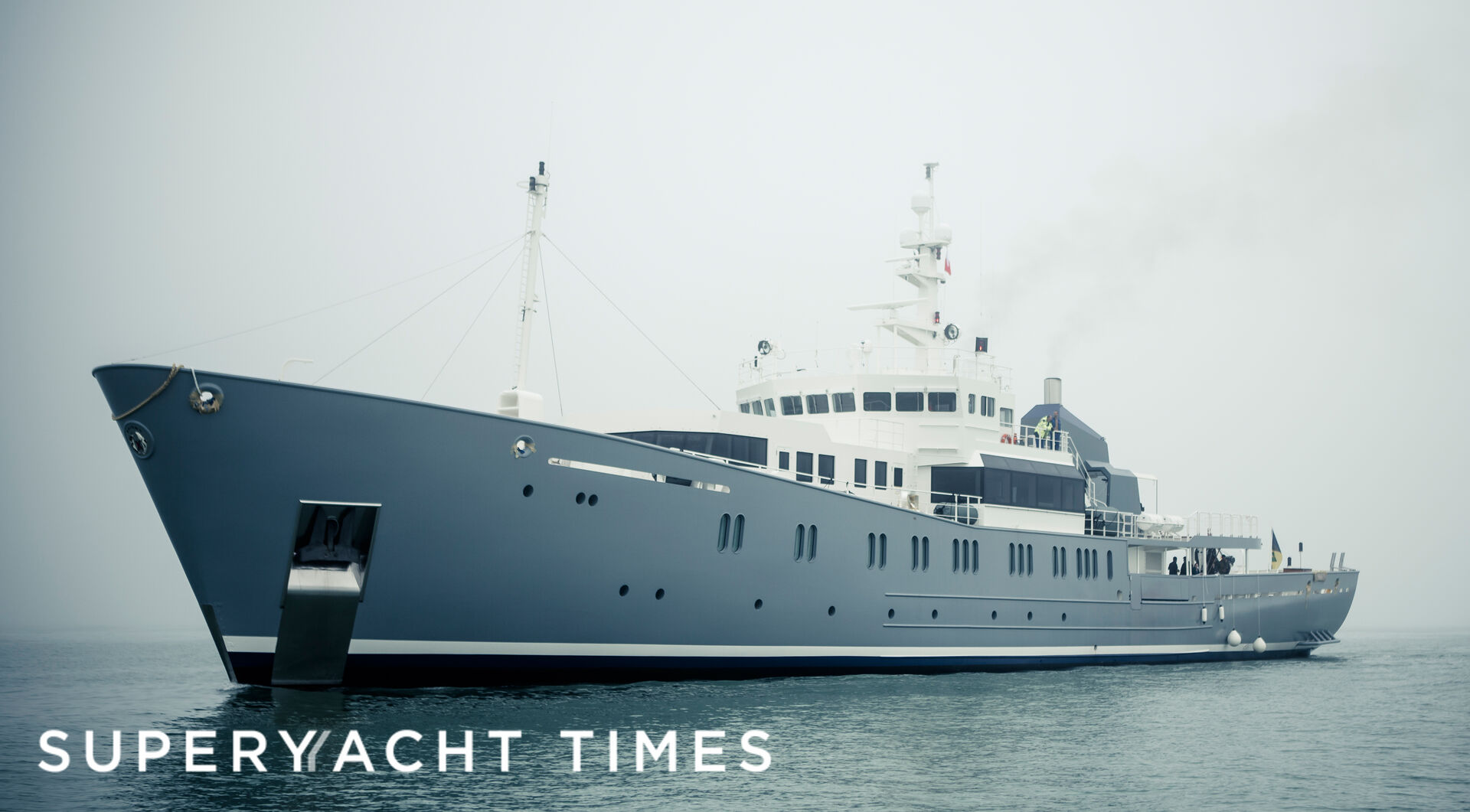With four decades of experience under his belt overseeing superyacht new builds and refits, Technical Director of McFarlane ShipDesign Terry Allen sits down with SuperYacht Times and reflects on his superyacht refit and design experiences in the Monaco-based company. Known for his frankness and honesty, Allen shares his yachting insights as well as his predictions for what will come next for the superyacht industry.
I come from the commercial marine engineering world so I spent a lot of time working at sea in my early years. Working at sea is a special life for special people. It's a lonely life. My longest stint at sea was 269 days as Chief Engineer without seeing land on a commercial fishing factory vessel. I always dreamed about going to the French Riviera. Robert McFarlane and I have had a long relationship and so it simply made sense after many years of collaboration that we join forces. It's maybe one of the best things I have ever done in joining the McFarlane ShipDesign team.
The biggest challenge in any project is the specification. In one of my most recent projects, we have assisted in the creation of the specification's pre-signature. That makes life so much easier because the specification is the rulebook for any superyacht project. Another challenge I come up against is staying up-to-date with technology and how things have evolved. It's incredible - you've got to read a lot and you’ve got to keep up with it because otherwise you just get left behind. 
The superyacht industry is special, in that much of the knowledge gained from the smaller yachts is not applicable to large yachts. The only knowledge that can be called upon comes from the commercial sector. But it's translated into a language of egos and attitudes. There are a lot of shipyards that, when they get an enquiry for new build, they say, ‘Yes, we can build it now, no worries, we have a spot.’ But not all yards have the design capacity and planning ability to ensure both are ready in time for the build.
Many details are left to be decided during the production phase. Yachts have a lot of details, much more attention to detail is needed than in a commercial build. Failure of the design and planning to keep up with production is where mistakes are made. Mistakes result in costly rework and reduced quality. Will the vessel perform as per the specifications? 'Ah', they say, 'we will worry about it later.' Loose specifications help to perpetuate the “we will fix it, it will be alright” attitude of some yards. So that's what the yachting industry can learn from the commercial world. More detailed specifications, more timely design and better planning and coordination. 
The industry is changing with the younger generation that has a different mentality. Technology is to blame; people are more transient as well and they never stay in one place for too long and don't want to invest. I think we will see far fewer individuals owning larger vessels and there will be more corporations that invest in fleets to support the charter boat market demand. Why invest 250 million in a vessel that costs 10% of the capital cost to run every year when you can charter for a whole lot less?
The charter market each year for vessels over 70 metres is very successful, but only for a limited geographic location and for a very limited time period. You need to book two years in advance because the supply just isn't there and otherwise everything is booked up. The demand will only increase in the coming years and hence my theory of large corporations with a wider view, coming into the industry to meet the supply demand. The current order book for cruise ship builds is 74 billion dollars, there is your reference. 
It's a great industry. The aim should be to make the owner’s experience an enjoyable one. I have seen many owners leave with a bitter taste in their mouth because of their experience. We deal with the wealthiest people in the world, we have to preserve the industry, by raising the level of confidence and transparency. In doing this we automatically raise the level of professionalism
We have throughout the yachting industry people and companies that have no qualifications or formal training who are supervising new build projects. We have management companies that have no understanding of the marine industry or managing yachts. We also have some very well organized professional management companies. We need to create a standard that is accepted within the industry and recognized as reputable, professional and compliant to offer the new and existing owners of the industry the comfort they require to enjoy the pleasure of their investment. That is what I would like to see happen in the industry.